Search
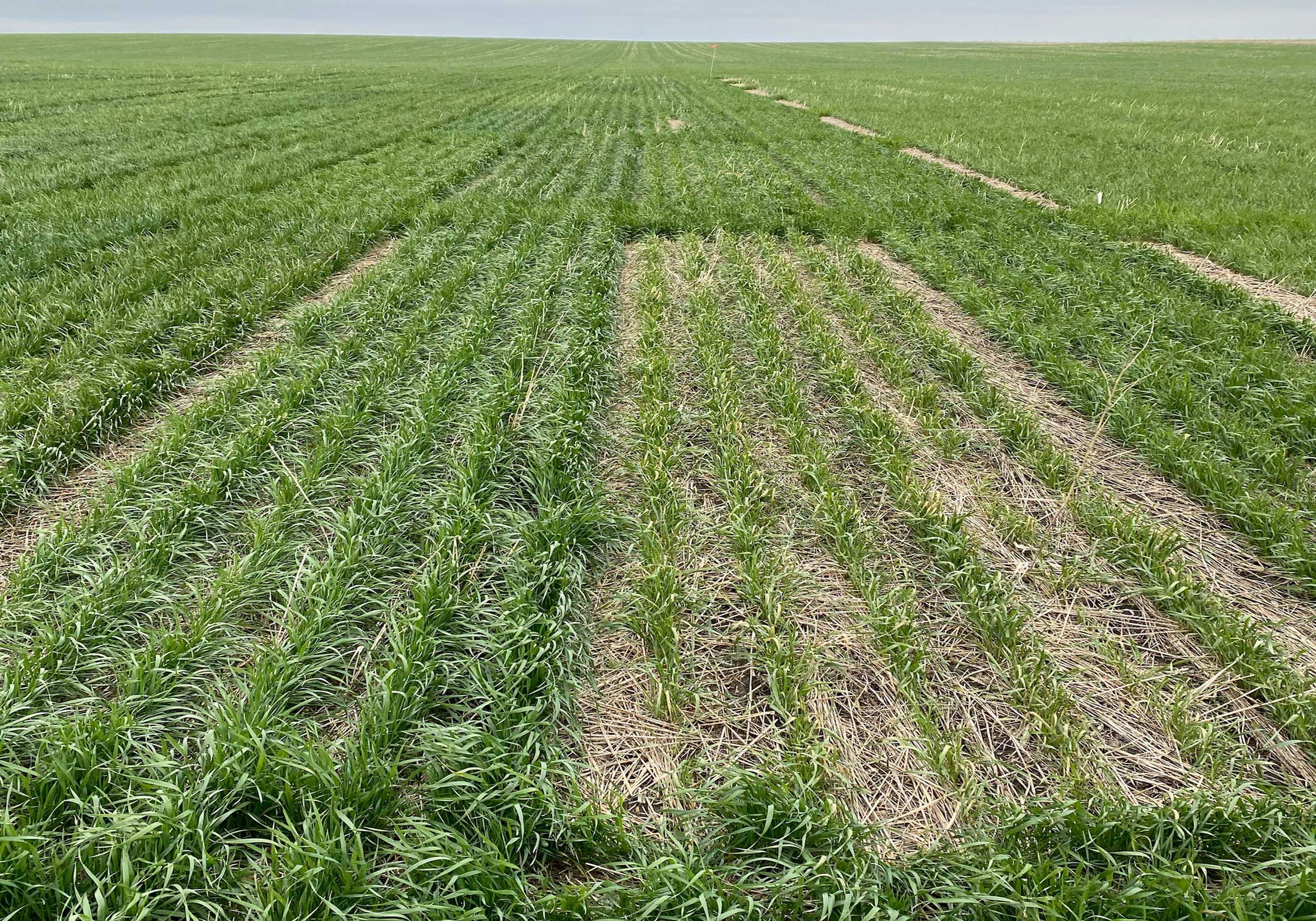
Low Temperature Effects on Winter Wheat
Low temperatures during the early morning hours of May 9–11, 2020 may have had detrimental effects on winter wheat in some areas of South Dakota. However, cooler spring temperatures that have slowed the winter wheat development this year may have actually been beneficial to S.D. producers, as later-maturing wheat is not as susceptible to injury from freezing temperatures.
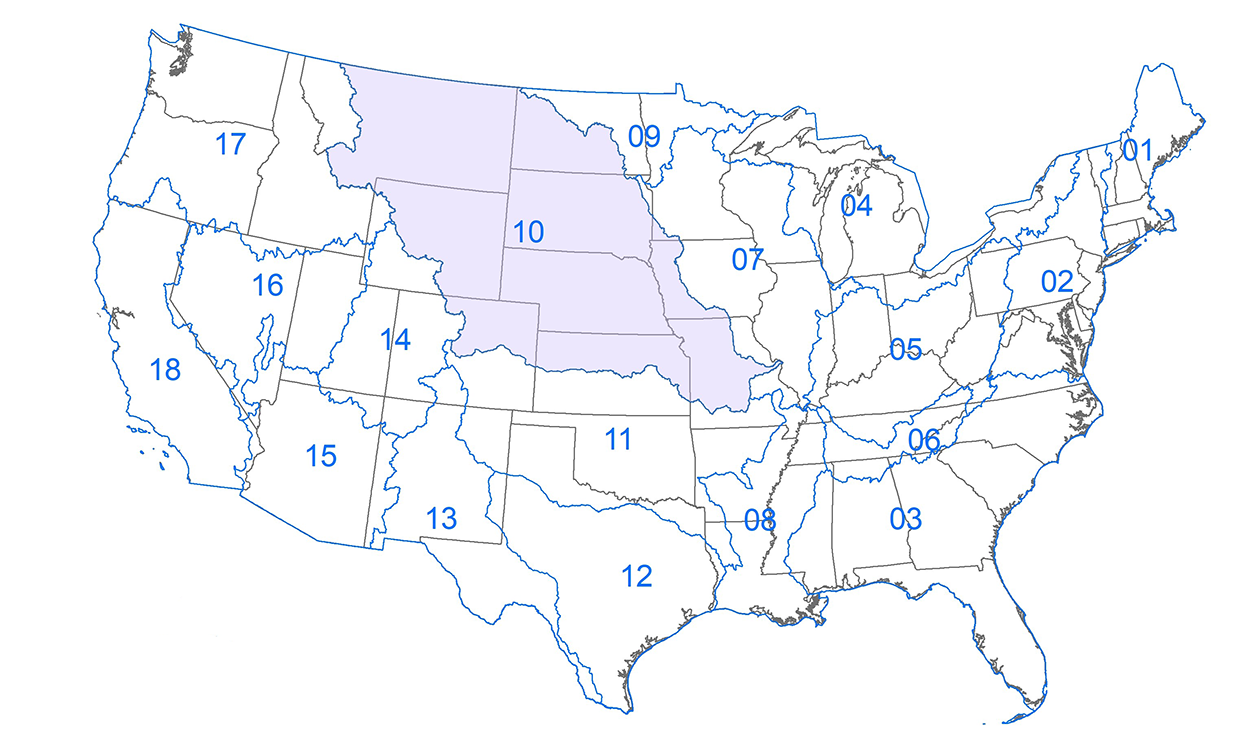
What is a Hydrologic Unit Code (HUC)?
HUC is the acronym for Hydrologic Unit Code. It is a hierarchical land area classification system that is based on surface hydrologic features in a standard, uniform geographical framework.
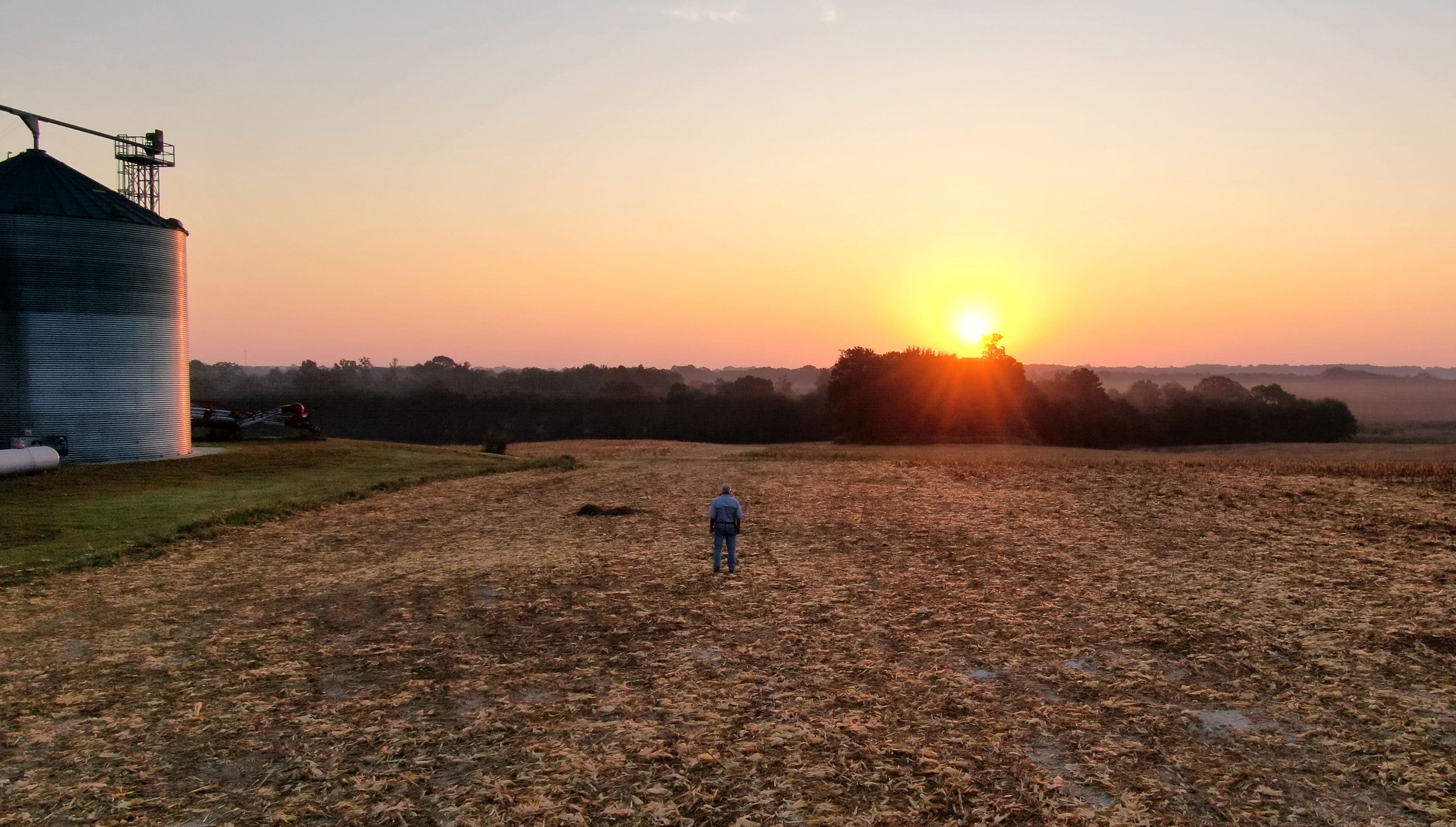
Cash Flow and Income Considerations for S.D. Farms: Part 1
Grain farming is facing a reduced income outlook for 2020. Unpriced old crop revenue has decreased and projected revenue for 2020 crop is reduced. Offsetting these decreases are chances that some input prices may fall, fuel related expenses and possibly higher payments from commodity title programs.

Phosphorus and Algal Blooms (Part 1 of 4)
This week we are joined by Dr. Lindsey Pease, an assistant professor and extension specialist in nutrient and water management at the Northwest research and outreach center for the University of Minnesota, and Dr. Chad Penn, a soil scientist for the USDA Agricultural Research Service and an adjunct professor at Purdue University.

Common Stalk Borer Activity Estimate: May 5, 2022
Cool temperatures during the last week prevented the fast accumulation of degree days for common stalk borers. This pest can become a problem, especially around the borders of fields, as temperatures eventually warm up.

Common Stalk Borer Activity Estimate: May 18, 2022
At this point in the season, no scouting is necessary for common stalk borers, but many areas of the state are reaching the point where weeds along field edges should not be managed for the time being.
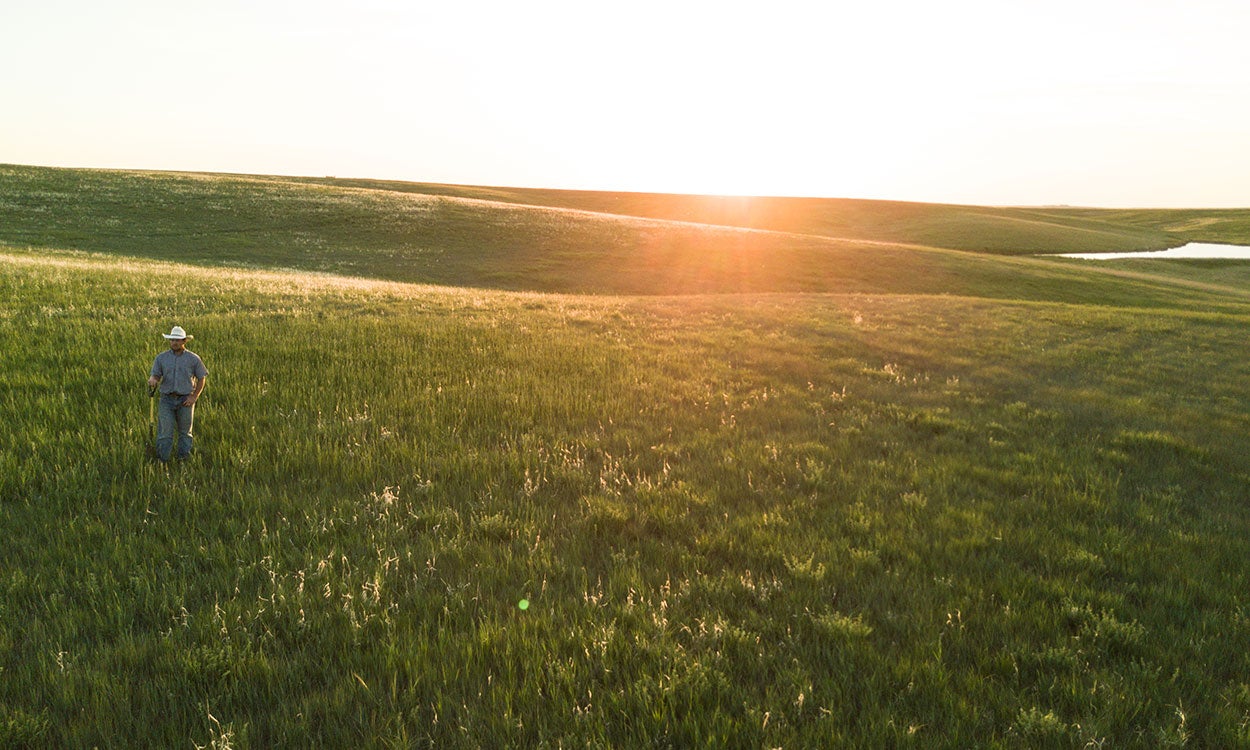
Grassland Fertilization: Terminology and Economics
This article is the first in a series of six focused on helping producers understand the pros and cons of grassland fertilization. We begin by learning some of the basic terminology and information related to fertilization.
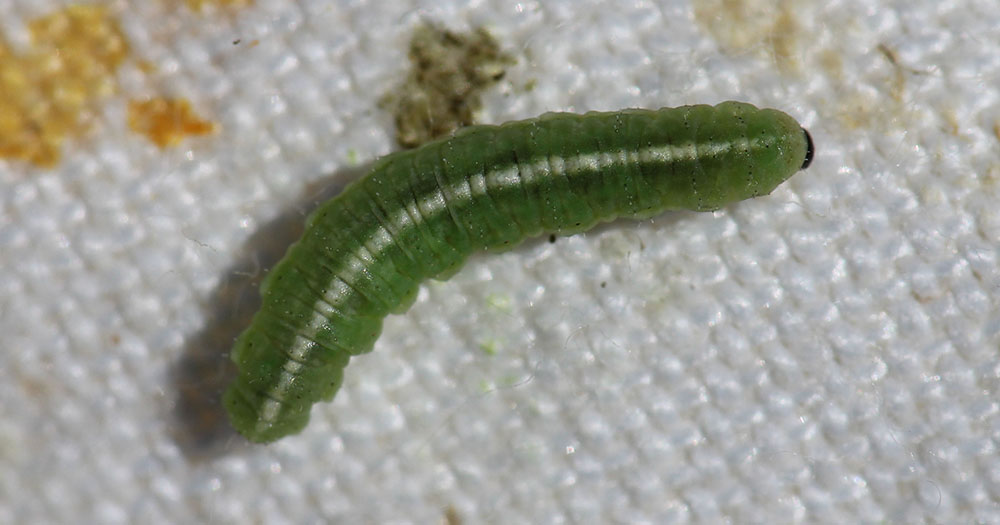
Alfalfa Weevil Activity Prediction Update: April 14, 2020
The alfalfa weevil is a major spring insect pest of South Dakota alfalfa. Before 2018, this insect was reported as having large populations throughout much of South Dakota. However, during 2018 and 2019, we received fewer reports of alfalfa weevils, which may have been a result of the cooler and wetter spring conditions that were observed.
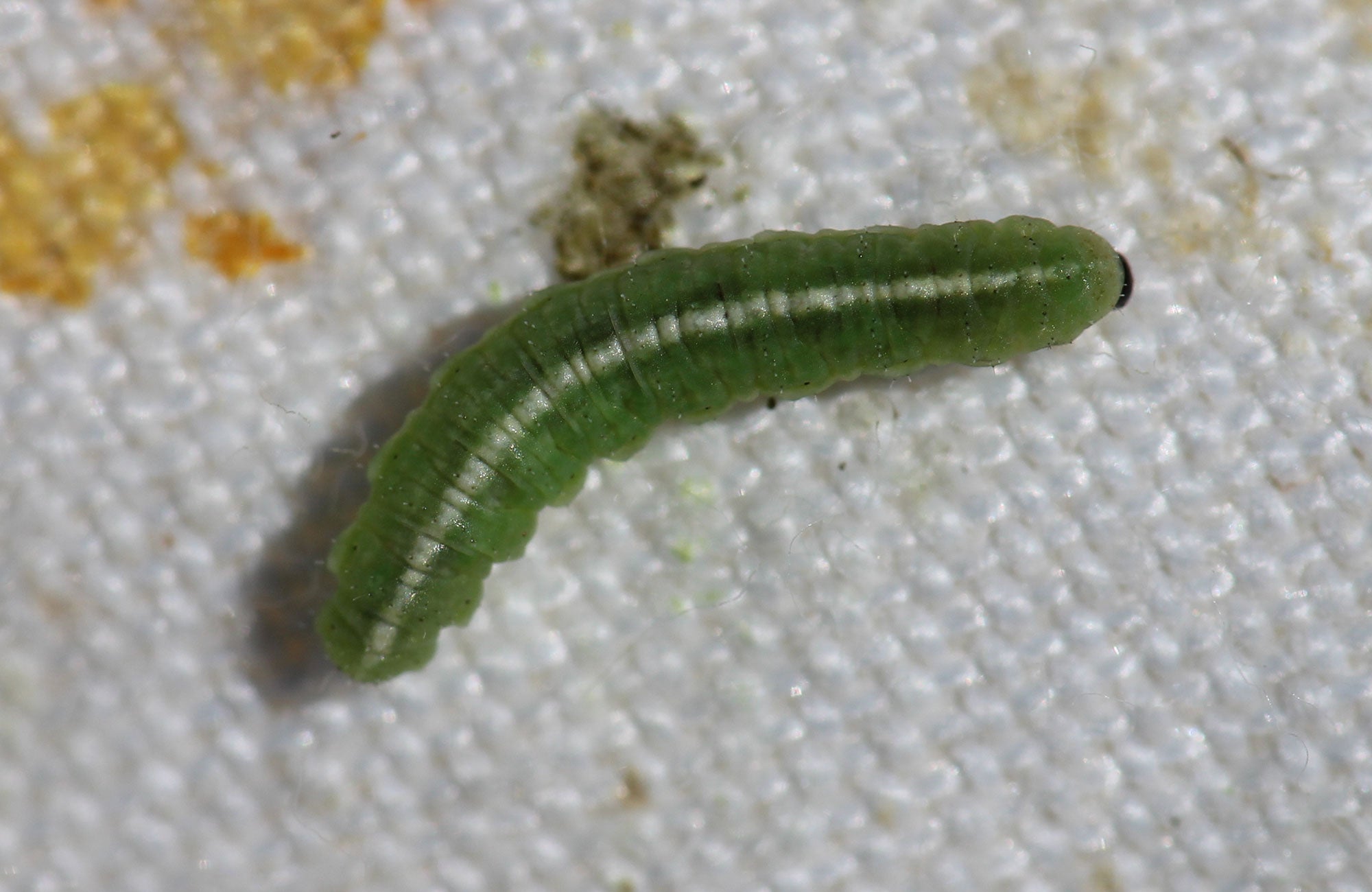
Alfalfa Weevil Activity: June 7, 2019
Quite a few degree days were accumulated over the course of the last week. Alfalfa fields should be closely monitored for alfalfa weevil activity for the next couple of weeks, even in areas where degree days indicate the alfalfa weevils are pupating.
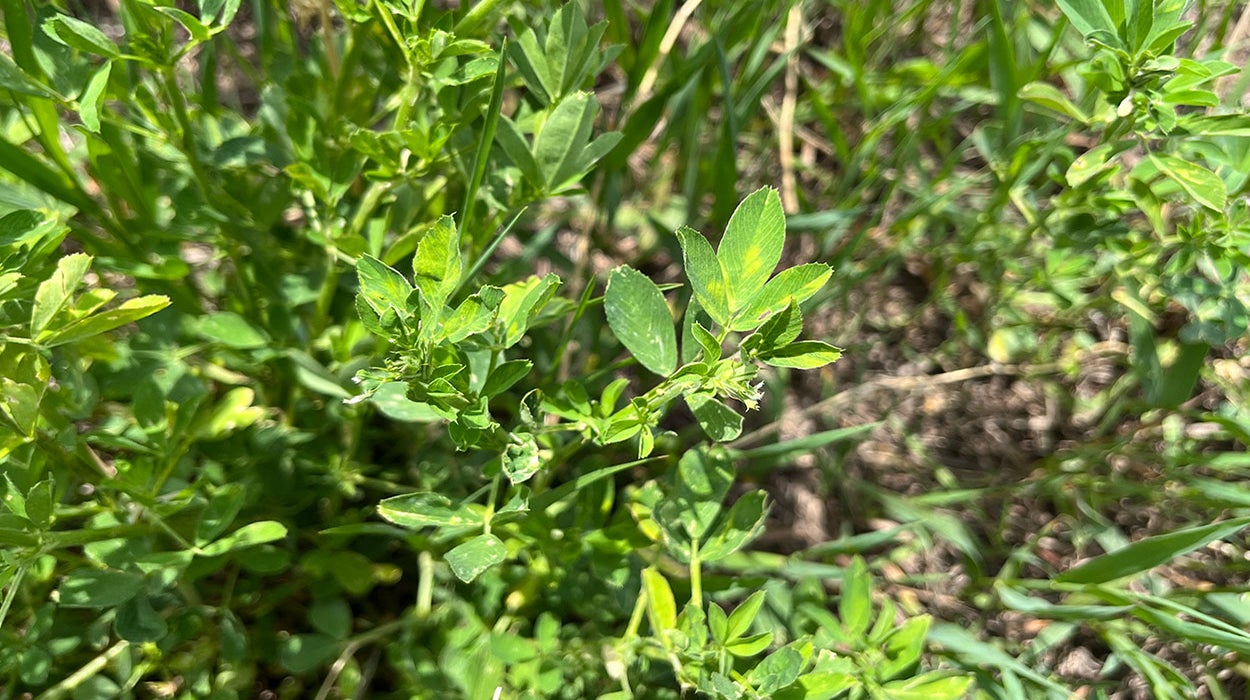
Potato Leafhoppers Becoming Prevalent
Potato leafhoppers are a migratory pest that impact South Dakota alfalfa each year. At this point in the growing season, they have become established and are now causing widespread issues.